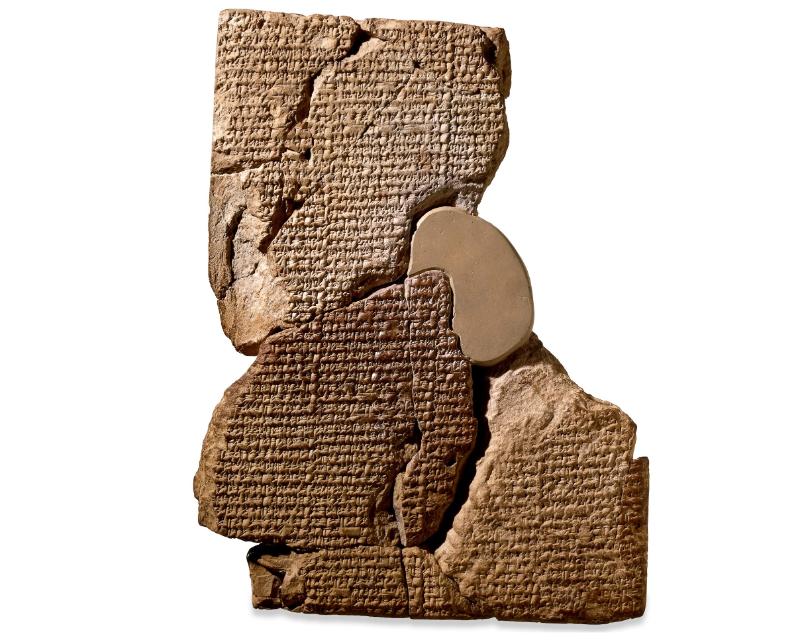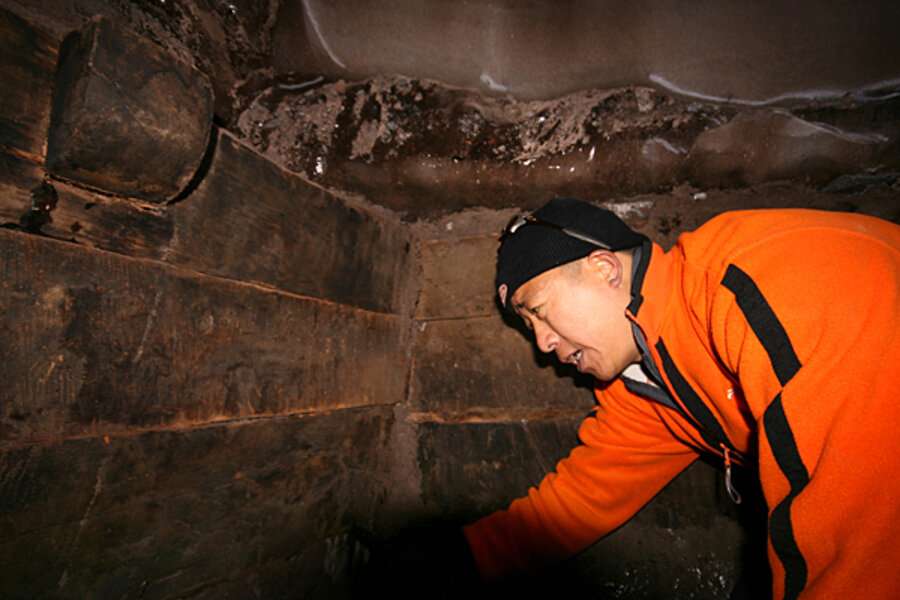According to the Bible, Noah’s Ark was a vessel in which he lived through the flood together with his wife, kids, and a few animals from each kind. The many searches for Noah’s Ark have led us to question the veracity of the flood narrative. Is it a tale that the Hebrews made up? Did they adopt a more archaic custom? Other versions of the same narrative have been discovered via the translation of cuneiform tablets from Mesopotamia. What are the implications of this? Did the flood really happen? Should we attempt to explain the situation by comparing it to a natural catastrophe?
A myth from Mesopotamia

The biblical tale of the flood is not the only one that exists; it was inspired far earlier by the one from Mesopotamia. In fact, a boat (shaped like a chest) saved a man by the name of Atrahasis (Atra-Hasis) from a supernatural flood in a tale that goes back to about 2,700 BC.
We often reference the Bosphorus erosion that occurred after the deglaciation since the account of Noah and the flood is often seen as a retelling of a real-life natural calamity. Indigenous peoples would have been displaced by the opening of the Black Sea and would have scattered, carrying with them the memory of this horrible calamity that was beyond them.
Others only conjure amplifications of the Mesopotamian floods. It is likely that the Mesopotamian version, in which Atrahasis constructs an Ark, had a direct impact on the nearby Hebrew population, both before and after they were taken captive by the Babylonians.
The flood and Noah’s Ark, according to the Bible

There are many parallels between the flood incident as it is described in the book of Genesis and the Mesopotamian narrative. The biblical tale describes how God chooses to annihilate mankind after seeing them doing terrible deeds in his presence. He requests that Noah construct an ark for his family, including his wife, kids, and spouses, as well as a pair from each animal species. He alone wishes to spare Noah.
The flood then begins, lasting for forty days and forty nights. Before retreating, the seas cover the planet for 150 days. Noah made the decision to conduct many tests from his ark to look for signs of land. After the first attempt fails (he sends a raven into the air but it does not return), he sends a dove into the air and it returns with an olive branch, providing undeniable evidence that dry ground exists and that those who were spared from the advancing floods exited the ark.
The myth’s peculiar global spread

We are also familiar with Indian versions of the same flood myth (Manu’s rescue), either on their own or in conjunction with Mesopotamian culture through commerce.
The Amerindian (American Indian) versions provide a far more difficult situation since they were historically cut off from both India and Mesopotamia. The flood myth’s ubiquity—whether as a natural disaster or as divine retribution—was sometimes seen as evidence of its truth. It has also been proposed that an Indo-European race had an initial mythology and that they spread around the globe, carrying the foundation of all myths with them. Due to a lack of supporting data, this remains simply a theory.
The idea of “purification by water”
The last explanation would be to use the characteristics of water itself to explain the idea of “purification by water.” Water is the ultimate source of life, thus it is not surprising that several tales involving the passage from one realm to another via water purification have independently evolved. After being wiped out by the flood and having its sins washed away, humanity is reborn. Among other things, this is a symbol that is brought up again at Christian baptism.
The distinctions between versions of Noah’s Ark myth that are similar yet adapt to the religious beliefs of the people who embraced it are also highly fascinating to investigate when we argue on the origins of the flood myth. For instance, a monotheistic Noah and a polytheistic Atrahasis did not have the same connection to the divine, although their flood myth is essentially the same.
Was Noah’s Ark actually found?

After the flood, would we have discovered Noah’s Ark stranded on Mount Ararat (Turkey)? At least, such is the assertion made by a mission headed by Chinese evangelists. In an effort to locate Noah’s ark that rescued life on Earth, Mount Ararat has previously been the focus of multiple missions. These expeditions sought to demonstrate that a geological formation in the shape of a ship’s hull was the fossilized imprint of the biblical ship. They were often funded by American evangelical institutions and led by sometimes contentious project directors like Ron Wyatt.
The Chinese mission stands out from the others because it explores an excavation in which wood hull remnants were discovered at the bottom rather than this geological structure. The C14 dating performed on this finding reached back 4,800 years.
However, according to the Greek geographer, historian, and historian Strabo, who lived in Asia Minor in the 2nd century AD, whole tribes of carpenters earned a livelihood crafting furniture from Erciyes. Therefore, some Early Bronze Age shepherds may have constructed a corral or other kind of shelter for their flock of sheep and goats here.
But only an excavation done according to the laws of art will be able to establish the nature of the uncovered remains, and since additional information is lacking, the findings of this expedition must be treated with extreme care. Knowing that evangelical organizations like that of Ron Wyatt had themselves declared the finding of biblical artifacts either after hasty interpretations or by manufacturing their own false proof makes mistrust all the more important.






